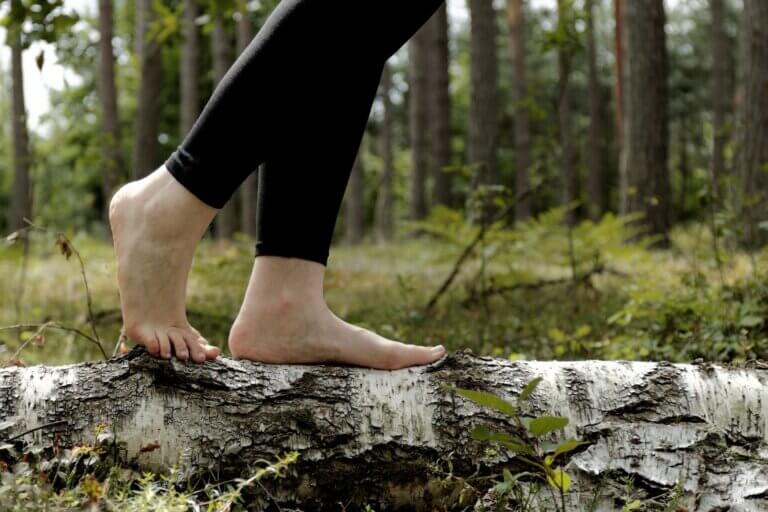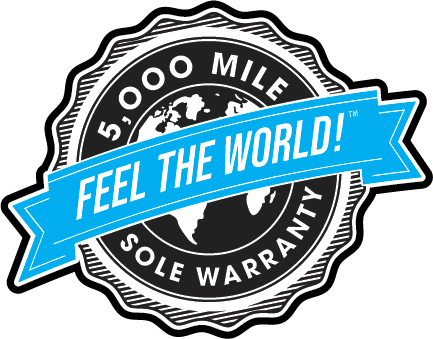How To Walk Barefoot: Techniques & Health Benefits

Most of you will read the title and think, “Uh, I don’t need instruction about how to walk because I have been doing it my whole life!”
Others (hopefully) will think, “Finally, the answer to my burning question – have I been walking wrong this whole time?”
Whichever group you are in, keep reading to learn about the surprising benefits of barefoot walking (or the benefits of zero drop/minimalist shoes), as well as instructions to get you started.
What Is The Right Way To Walk?
For those of you who are skeptical that there may be a better way to walk, let me ask you this: Do tribal women in Africa with water jugs balanced on their heads walk in the same way that Olympic race walkers do? Do either of those people walk in the same way that you do?
The answer to both questions is obviously no.
That’s because walking isn’t just walking.
There are optimal ways to walk, just like there are optimal ways to throw a baseball, or do a ballet split leap.
That doesn’t mean there’s only one way you walk under all circumstances. Your gait will change if you’re walking uphill or downhill, accelerating or decelerating, walking fast or walking slow, or walking on different surfaces.
But there are fundamental principles that you’ll discover in this article which can make your walking more efficient, enjoyable, and simply better for your body.
How Going Barefoot Can Help You
While it’s possible to learn optimal walking form in shoes, it’s faster and easier to be in your bare feet to discover the best way to walk. That’s because:
- Most “normal” shoes get in the way of proper walking form. They squeeze your toes together, alter your posture with elevated heels, and are stiff enough to restrict your bones and joints from moving naturally. (more about footwear in a moment).
- When you’re barefoot, you get feedback from the ground which can help you find a natural, comfortable way to walk. In short: walking with proper form feels good, and improper form feels uncomfortable.
- Finally, walking barefoot can be fun. Especially if you have the courage to explore going barefoot in places where you’ve never felt the surface you’re walking on.
One other advantage: By walking barefoot, you become your own best teacher about proper walking form. Listening to your body will help you discover your own secrets for walking efficiently, enjoyably, and easily.
How Should My Foot Land When I Am Walking?
Some Youtubers suggest we’re built to have our forefoot touch the ground first. And there are some who say that you’re supposed to land on your heel when you walk (barefoot or not). They say, “That’s why we have a fat pad under our heel.”
Prior to the barefoot running boom and the publication of Born To Run in 2009, people rarely talked about different ways your foot can or should contact the ground. Now it’s practically dinner party conversation, where the barefoot gang looks down their noses in disgust at shoe-wearing heel-strikers, and shoe-wearers call the barefooters crazy hippies, and fights have broken out about whether landing on your forefoot is better or worse than landing on your midfoot or flat-footed.
So, which is it?
Well, the real answer is: Asking which part of my foot should touch the ground first is the wrong question 😉
What I mean is:
- Your footstrike changes based on whether you’re walking uphill, downhill, fast, slow, accelerating, decelerating, and what surface you’re on, and;
- Your footstrike will mostly take care of itself when you learn the most important aspect of barefoot walking, namely…
Landing with your foot underneath your body (or close to that) rather than having it land too far out in front of your body, which is called “overstriding.”
If you’ve explored barefoot running, you’ll recognize these ideas about walking are the same as for running. Where your foot lands in relation to your body, to your center of mass, is the most important thing.
And the way you learn to have your foot land in the right place is all about using your glutes and hamstrings properly when you walk… and that’s what the instructions, below, will teach you to do.
How Do I Train Myself To Walk Barefoot?
If you want to learn the natural way to walk, follow these steps for learning how to walk barefoot properly (and more enjoyably!):
Get Barefoot
Start by taking off those shoes, or get as close as you can to having bare feet. Incredibly, even socks can get in the way of the feedback you need to learn proper walking form.
You want to be able to fully articulate your foot and let your nerves feel the ground.
If you have to wear shoes, avoid shoes that get in the way of natural movement, namely, cushioned shoes, shoes with elevated heels, shoes that squeeze your toes together, and shoes that are not super flexible (e.g. you can’t roll them into a ball).
Instead, choose barefoot-inspired, minimalist shoes that are low to the ground, flexible and with a non-elevated “zero-drop” heel and a wider, foot-shaped toe box, like Xero Shoes.
Walk with your glutes, not your hip flexors
Your glutes and hamstrings are among the largest muscle groups in your body. They’re referred to as “prime movers.” But most people don’t use their prime movers.
Instead, when most people walk, they swing their free leg out in front of them by using their hip flexor muscles, and push off with the toes of the standing leg so they can then pivot over the front leg.
Try this technique instead:
- Lift your left foot about an inch off the ground. Through the next 4 steps, you want to leave that leg alone. Don’t swing it forward. Let it hang there, as much as possible, doing nothing.
- Now, imagine the motion of a roller skater or ice skater. When you skate, you push yourself forward by driving your standing leg backwards. When you skate, you drive your heel backwards, keeping it on the ground as long as possible. Doing this engages your glutes and hamstrings. That’s why skaters have great butts 😉
- Next, do that skating move, driving your right heel backward. Remember, don’t swing your left leg forward.
- When you push your right heel back enough, and don’t use your left leg, at some point – and you won’t have to think about it – your left foot will plant itself on the ground so that you don’t fall on your face.
- Look at where your left foot is in relation to your body. If you’ve done this correctly, you’ll see that it’s basically underneath you, supporting you, as your right leg is dangling in the air, pretty much where your left leg was in step 1…
- Now that your weight has shifted to your left leg and your right leg can hang there, with your foot about an inch off the ground, simply repeat the steps above but with your left leg’s heel pushing back in a “skating” motion, and use your right leg just to catch you and keep you from falling.
At first when you do this, you’ll be walking a bit like a robotic Frankenstein… sort of lunge-catch-stop-lunge-catch-stop.
Keep doing this until you get the feeling of using your glutes as you drive your heel back, relaxing the “swinging leg” and only using it to catch you at the last moment, landing with your foot under your body.
Then, smooth it out like this:
- Don’t push your heel back quite so far (but still use your glutes)
- When your front foot lands, immediately start driving that heel back
- See how much you can relax
As you smooth it out, you may notice that as you walk it can feel like you’re slightly falling forward.
This is fine.
In fact, it’s probably not true.
It’s probably that you were previously walking with your hips slightly behind your feet and, possibly, with your shoulders behind your hips (if someone were looking at you from the side, that is).
When you walk properly, it can feel odd simply because it’s not what you’re used to.
That “slightly falling” feeling means you’re using less energy. And it usually also means that your feet are under your hips and your hips are under your shoulders.
As you experiment this, you’ll probably find other parts of your body relaxing and doing less.
Listen To Your Body & Stick With It
Again, don’t worry about which part of your foot touches the ground first.
Gently rolling over your heel is fine.
Landing forefoot is fine.
Landing flat-footed is fine.
You’ll do all of those as you explore different surfaces, different inclinations, and different speeds.
For example, on hardwood floors I tend to land flat-footed or on my forefoot. On carpeting I roll over my heel.
Walking uphill, I always land on the ball of my foot.
Walking downhill I always roll over my heel (because the ball of my foot would land in front of my body which would be like putting on the brakes).
Because you are able to feel the ground now, your feet will provide feedback about what is and isn’t working.
This walking technique can help support your lower back, knees, hips, and your ankles. Your foot strike will take care of itself, and it will feel like you are walking on top of your feet rather than behind them.
Remember, this motion may feel robotic at first. As you practice and relax, it will become a smooth, comfortable, and efficient experience.
Are Minimalist Shoes As Good As Walking Barefoot?
Going completely barefoot isn’t for everyone and isn’t right for every occasion.
The good news is that you can walk in minimalist (or barefoot) shoes instead. That’s why we created Xero Shoes – so you can get all the benefits of being barefoot while still protecting your feet.
Xero Shoes are designed with a thin, flexible sole and roomy toe box so your feet can move naturally. This allows you to strengthen your foot muscles and safely get feedback from your environment similar to what you get in bare feet.
NOTE: Not all minimalist shoes are, well, minimalist
There are many footwear brands that advertise their shoes as “barefoot” or “minimalist.” And there are brands that advertise that they’re “zero-drop,” meaning that the heel isn’t elevated higher than the ball of the foot.
People often use minimalist and zero drop shoes interchangeably, which isn’t accurate, since you can have a zero-drop shoe with a stiff, or highly cushioned sole.
According do Dr. Irene Davis, the characteristics of a truly “barefoot shoe” are:
- A wider, foot-shaped toe box
- No arch support (more about that in a moment)
- Little or no cushioning (more about this, too, in a moment)
- A flexible sole to allow for proper foot motion
- A thin sole to provide proper feedback about what you’re stepping on or in
- Light weight
- “Zero-drop” on a non-elevated heel
According to Dr. Davis, shoes that don’t have ALL of those characteristics are “partial-minimalist shoes.” And her research shows that these types of shoes are the worst shoes to wear. That’s because, typically these shoes have cushioning that inhibits the feedback you need to naturally adopt a more ideal gait, and any heel lift will do something similar.
Xero Shoes, according to Dr. Davis, checks all the “barefoot boxes.” Plus, we make our soles more durable and back them with a 5,000 mile sole warranty.
In addition to our collection of minimalist shoes, we also make minimalist sandals and boots that you can wear anywhere from the office to the trail.
Can I Walk Barefoot On Hard Surfaces?
In a word: Yes
Humans evolved in places with packed mud that’s as hard as concrete (and with rocks and twigs and pokey things that you would never want to step on).
Your muscles, ligaments, and tendons are natural springs and shock absorbers. Better than any man-made cushioning material.
And when you land with your foot underneath your body, you can engage your arch (regardless of whether you have flat feet or high arches), to give you a strong foundation.
By following our technique, your feet will naturally learn how to handle hard surfaces just fine. However, there is, of course, a time and place for minimalist shoes.
Wearing minimalist shoes can help protect your feet from:
- High temperatures
- Sharp objects
- Potential fungal infections
- Places that require footwear
Have FUN!
One of the best things about walking barefoot is how enjoyable it can be.
Over time you may discover that surfaces you originally found unpleasant to walk on become your favorite natural foot massagers.
You’ll probably find ways to make your movement more efficient and feel parts of your body relax that you never knew were tense.
Learning a new movement pattern takes a bit of time to become habitual, and it’s a different amount of time for each person.
So, while you’re adjusting, use fun as your guide.
If it feels like work, stop. Rest. Then start again later.
Remember that your brain integrates new things when you’re resting, not by working harder.
So, use fun as your guide.
And, if you want to try Xero Shoes, start shopping here, or take our Shoe Finder Quiz and get recommendations for your new favorite footwear.

The information in this post does not take the place of medical advice. Only your doctor can provide advice, diagnosis, and treatment. Always consult a qualified health provider if you have questions about your health.






